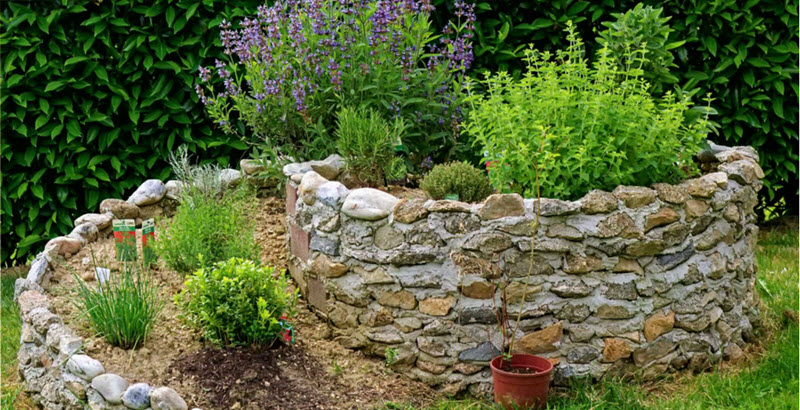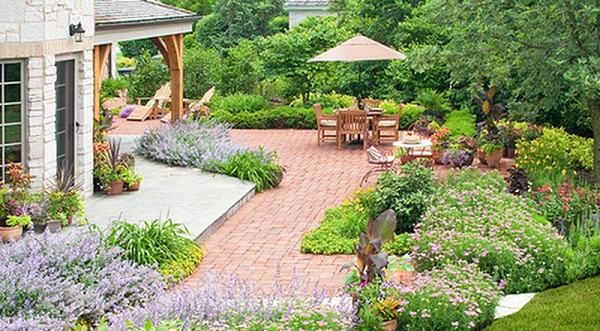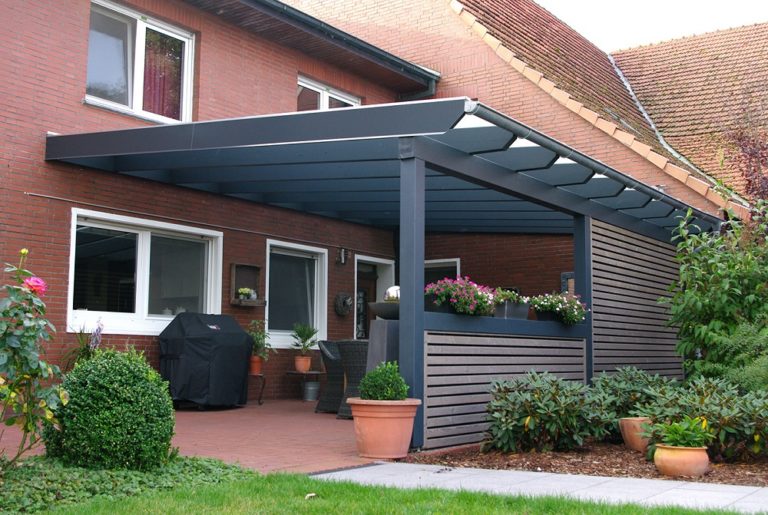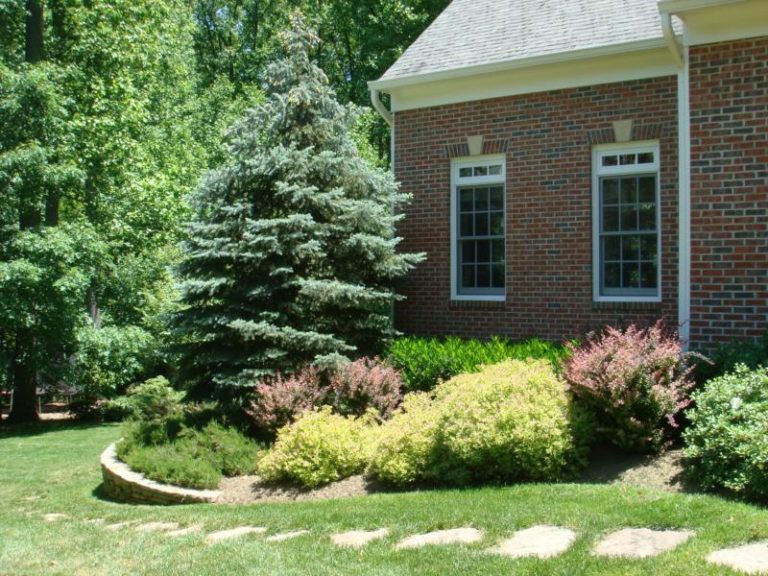Spiral bed
An unusual bed provides an excellent opportunity to grow a large number of herbs on a minimum plane. This garden structure will decorate your garden no worse than an alpine slide. Depending on the need of herbs for nutrients and moisture, they are planted in the lower middle or upper part of the spiral.
This is what a spiral bed with already grown herbs looks like. Depending on the need of herbs for nutrients and moisture, they are planted in the lower middle or upper part of the spiral.
Such an unusual bed provides an excellent opportunity to grow a large number of herbs on a minimum plane. This garden structure will decorate your garden no worse than an alpine slide.
A cone-shaped, or stitched spiral bed is also called a snail bed. It is laid in a place that is illuminated by the sun for at least five hours a day. A spiral bed, as a rule, is built from natural stones by dry masonry, although these stones can also be fastened with mortar. In addition to natural stone, bricks, cobblestones, even wood treated with antiseptics are used to equip the beds.
At the highest point, such a structure reaches a person’s waist – this is the optimal height. At the bottom of the spiral bed, plants are planted that need a lot of moisture and nutrients, such as honey (lemon) grass, watercress. Inside, dill, green onions and parsley will grow best, and on the mountain – more southern plants such as rosemary, savory, sage. Therefore, the soil in the lower part of the bed is enriched with loam, and at the top, on the contrary, sand is added to reduce its fertility.
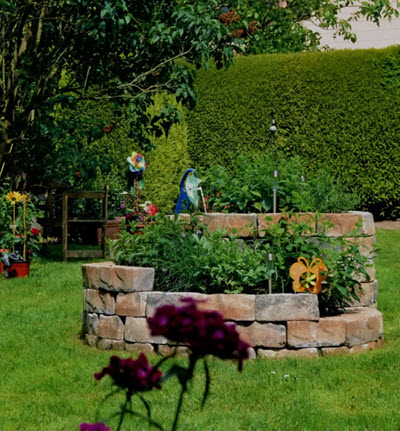
. . . . . .
This structure is made of a mesh container filled with stones – gabion.
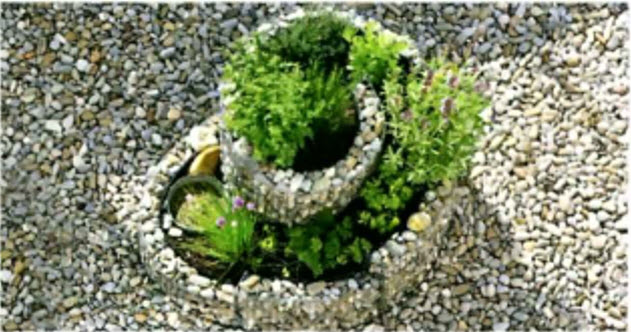
Starting from the foot of the bed, lay out the walls of the stones in spirals – by dry masonry or using cement mortar. The dry method will make the project cheaper, and stones that are not fixed with mortar look more natural.
. . . . . .
The finished walls should be about eighty centimeters high. It is convenient to maintain a bed of this height – water and fertilize plants, remove weeds. If you make a bed of large diameter, you will need to make a path in it.
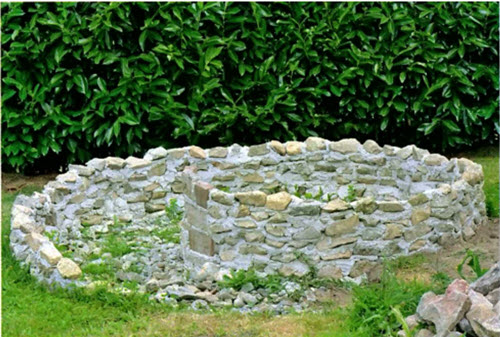
Already during the construction of the walls, the gap between them should be half filled with digging or other drainage material. At the end of construction, a layer of garden soil is poured onto this drainage, using, among other things, the earth from the pit for the spiral. Now the spiral bed is ready, you can plant herbs.
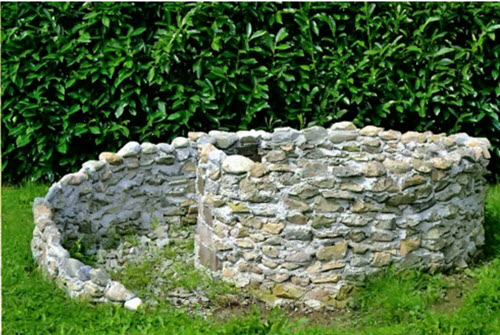
It is very important to carry out plantings in accordance with the cardinal points. Plant species that grow well in hot, dry climates, such as oregano (oregano), rosemary and thyme, are planted on a sunny southern slope, closer to the top of the bed. Parsley and chives love coolness and moisture, so they are planted on the northern slope. Coriander (cilantro) blooms very early in too sunny and hot areas, so it is better to plant it on the eastern slope, where delicate greenery will be protected from the hot midday sun. According to the same principle, a place is found for all other herbs.

